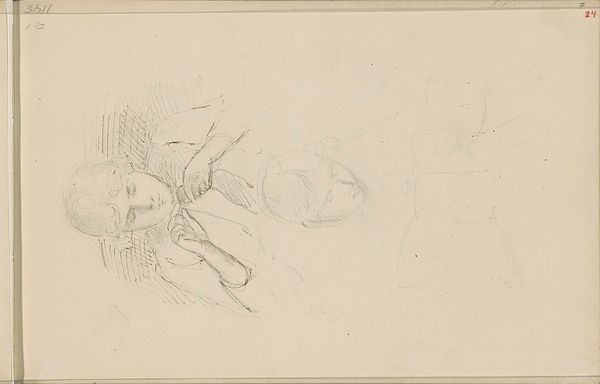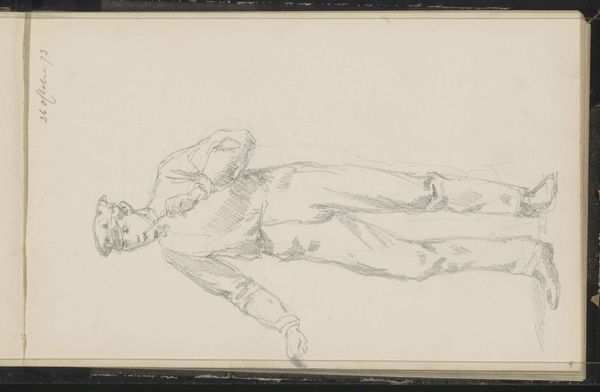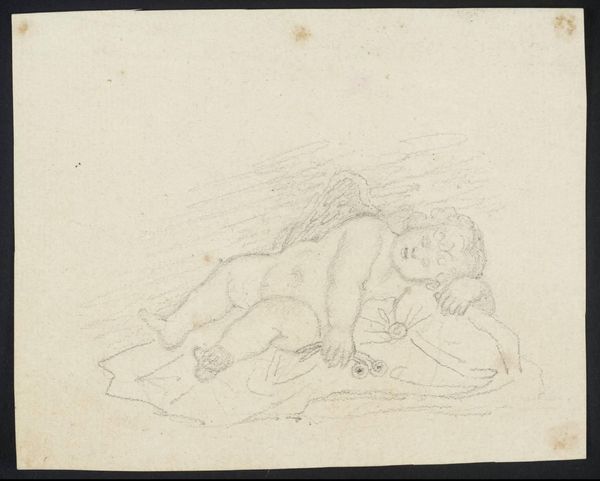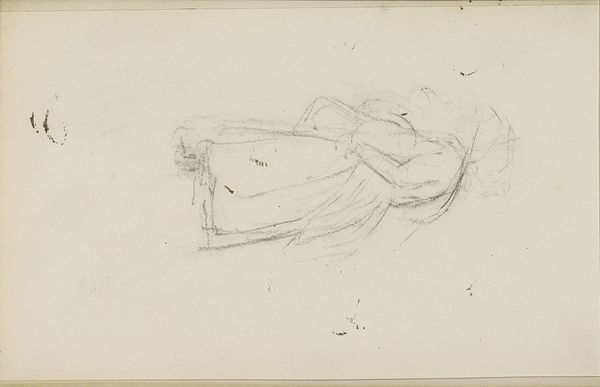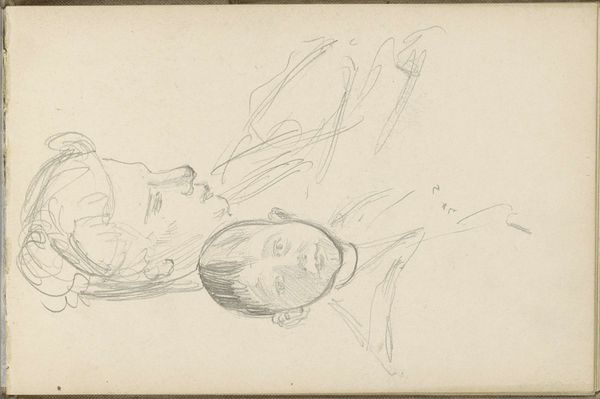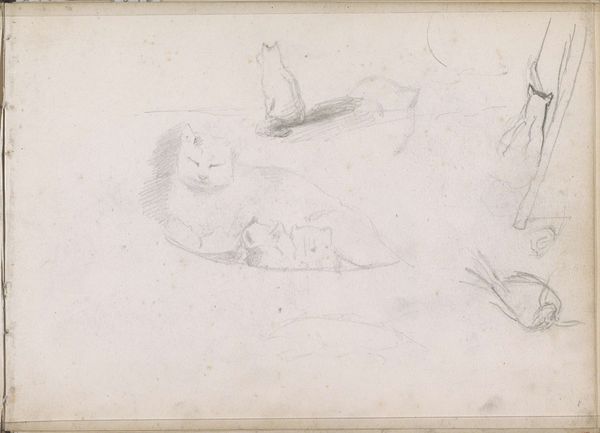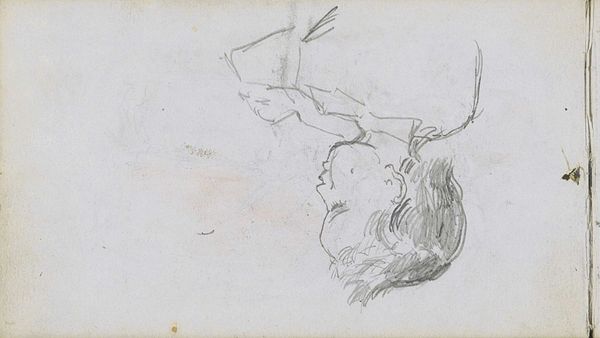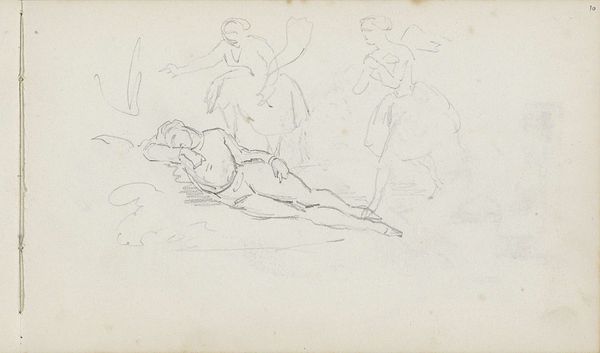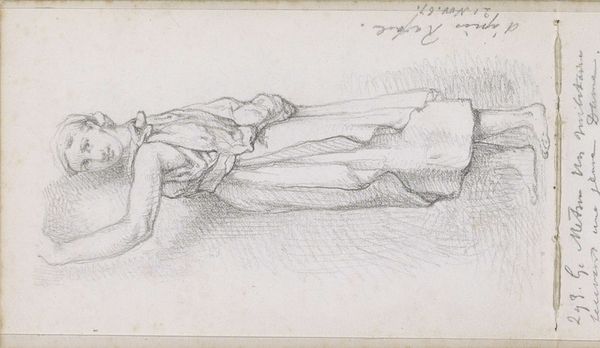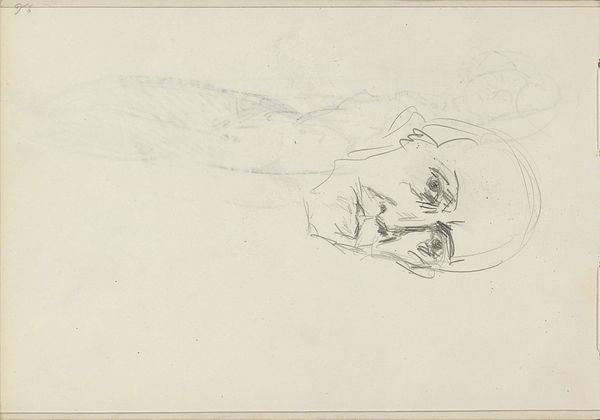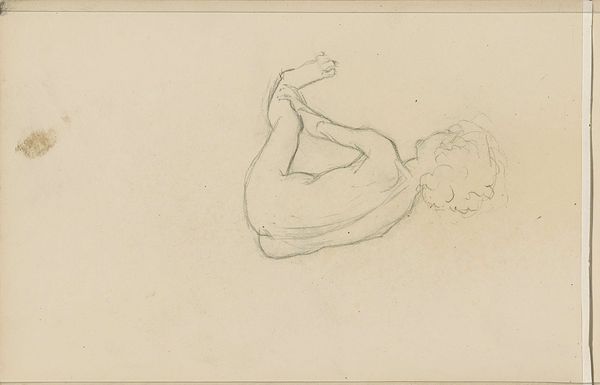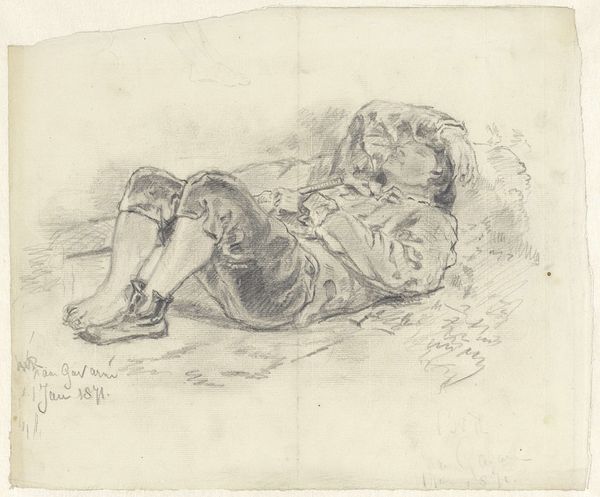
drawing, paper, sculpture, pencil
#
portrait
#
drawing
#
statue
#
pencil sketch
#
classical-realism
#
paper
#
sculpture
#
pencil
Dimensions: height 184 mm, width 282 mm
Copyright: Rijks Museum: Open Domain
Editor: This is a preparatory drawing from 1874 by Willem Cornelis Rip, titled "Standbeeld van de godin Flora te Nijmegen" – or, "Statue of the Goddess Flora in Nijmegen". It's a pencil sketch of a sculpture of the goddess Flora. I’m immediately drawn to the way the artist captured the classical aesthetic using such simple materials. How do you interpret this work? Curator: The drawing encapsulates a moment in time, doesn’t it? Not only the 19th century, but also echoes of the classical world it depicts. Consider Flora herself - goddess of flowers and spring. Her image carries layered meanings: rebirth, growth, but also the transient nature of beauty. Does the sketch medium enhance this sense of ephemerality, or does the enduring subject lend a classical gravitas? Editor: That's a great point about the fleeting nature of beauty and spring being juxtaposed with the classical representation of Flora. Curator: Notice how Rip uses line and shading to define form. It’s more than just a visual record. It suggests a continuity of cultural memory. Artists look to the past for inspiration, reinterpreting old stories for new audiences. The statue becomes a symbol within a symbol. The artist highlights certain attributes through their shading—how might they speak to themes of transformation and renewal? Editor: It’s fascinating how a simple pencil sketch can contain so many layers of meaning, connecting the present with the past. The visual symbols, like Flora herself, really carry so much cultural weight. Curator: Indeed. By focusing on the enduring symbols, Rip highlights the persistent human need to understand the world through mythology and artistic representation. Hopefully our conversation here offers an invitation to contemplate how artists both preserve and reimagine symbols across generations.
Comments
No comments
Be the first to comment and join the conversation on the ultimate creative platform.
